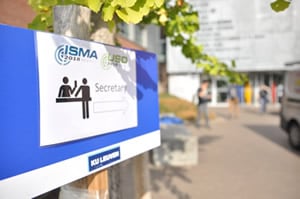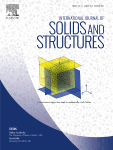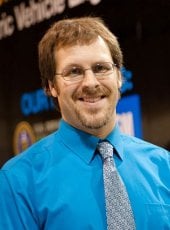
Scott Miers (ME-EM/APSRC) is the principal investigator on a project that has received a $92,219 research and development contract from Argonne National Laboratory. The project is titled “Alternative Fuels Research with Argonne National Laboratory.”
This is a one-year project.








